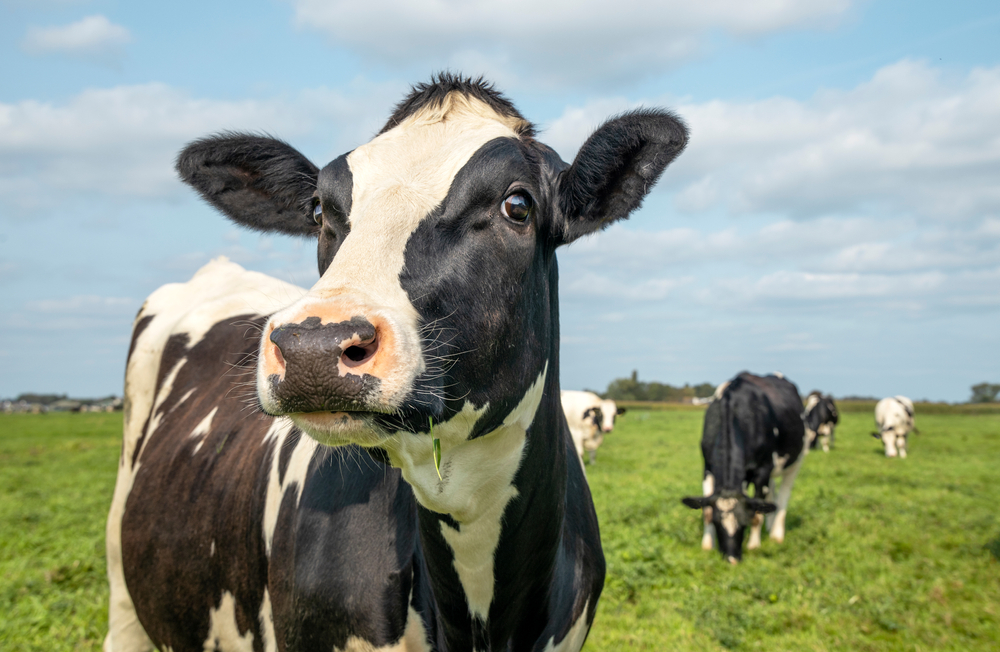Source: STAT
A recent study exploring the distribution of receptors in cow tissues that flu viruses like H5N1 can attach to reveals insights into the pattern of bird flu outbreaks among U.S. dairy cattle. The research, not yet peer-reviewed, found that cow mammary glands have numerous receptors suitable for avian flu viruses, correlating with observed infections primarily in udders rather than respiratory tracts or brains. This is notable as H5N1 has affected the brains of other mammals like cats.
Conducted by scientists from the University of Copenhagen, Statens Serum Institut, and St. Jude Children’s Research Hospital, the study raises concerns about cows potentially serving as “mixing vessels” for new flu viruses that could infect humans. This is due to the presence of both avian and human flu virus receptors in cows, similar to the role pigs play in flu virus reassortment. However, some experts argue that the likelihood of human flu-H5N1 reassortment in cows is low, considering factors beyond receptor presence. The findings underscore the urgency of controlling the cow H5N1 outbreak to prevent the emergence of a more transmissible human virus.
Read the full story HERE: https://www.statnews.com/2024/05/06/bird-flu-spread-study-of-h5n1-virus-infection-in-cows/

